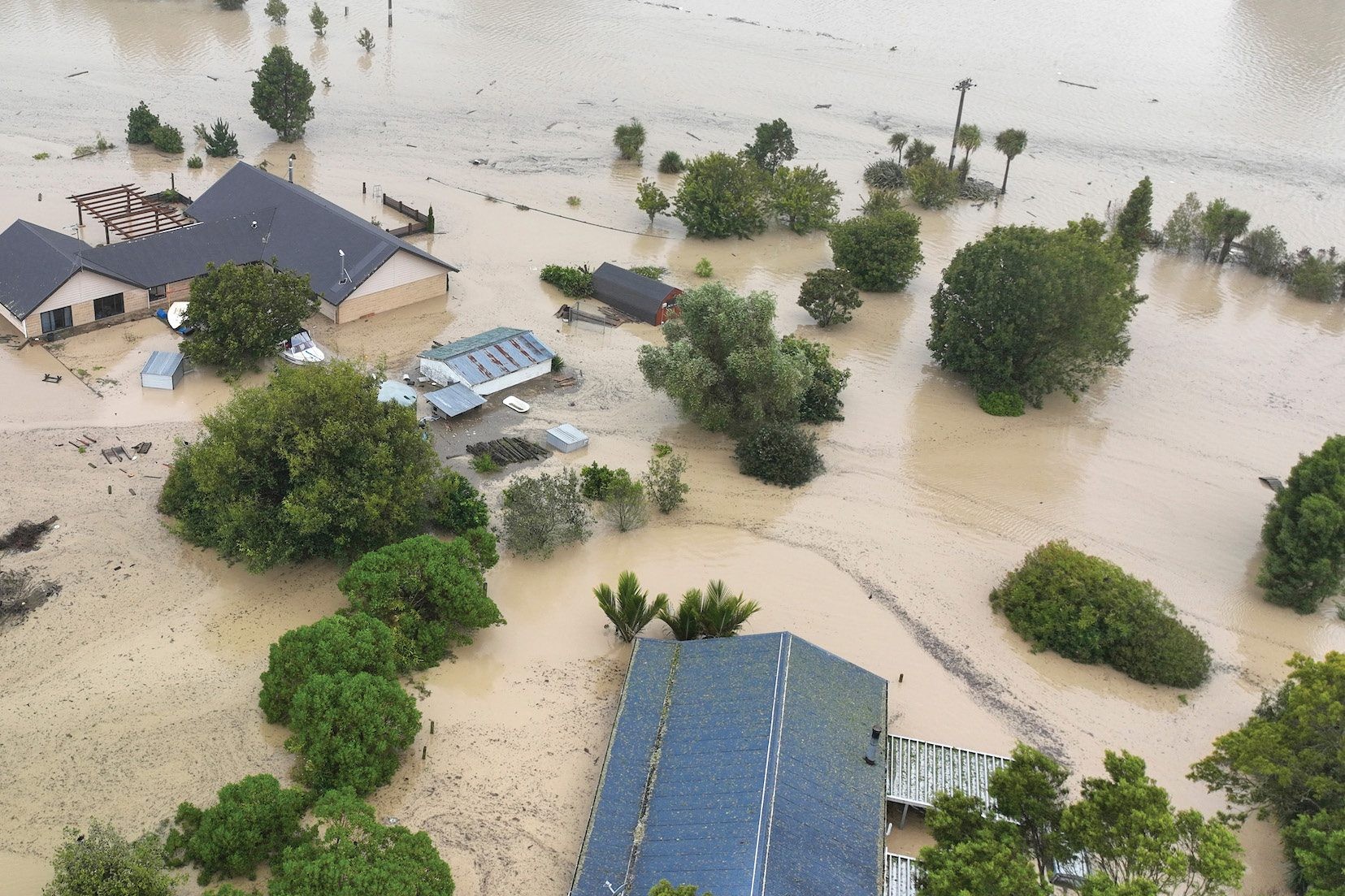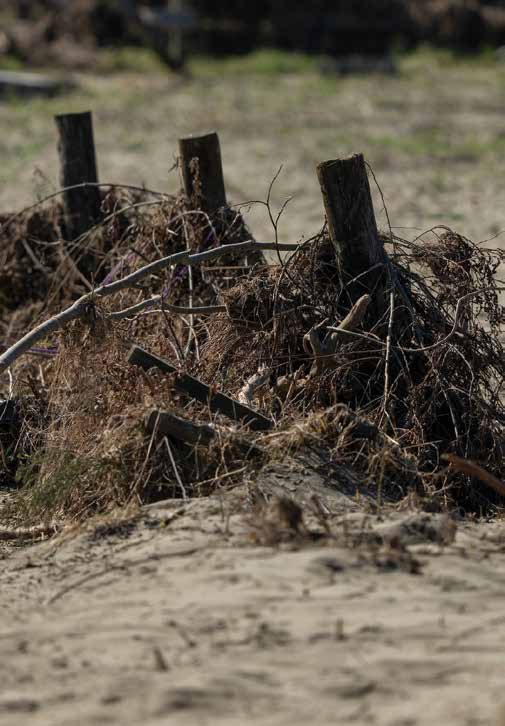Picking up the pieces
Less bureaucracy, better co-ordination and easily accessible information systems are farmers’ top wishes as they clear up after Cyclone Gabrielle.

Cyclone Gabrielle was such a large-scale event, it forced industry bodies to work together, along with rural servicing companies, says Wayne Langford, Federated Farmers’ national vice-president and adverse events policy spokesman.
“There was damage from Northland through to Manawatu and Tararua. Some valleys were absolutely steamrolled and others not affected.”
With cellphone, landline and internet coverage knocked out, different data and contact lists were compared and cross-referenced, then satellite phones were sent out to isolated areas. Communities banded together so there was one point of contact and big areas could be checked off.
The focus could then go on immediate needs and getting supplies to farmers where roads had been washed out. But there were delays in assessing damage on some farms, slowing the move to the recovery phase. Langford says an appropriately sourced and easily rolled out structure should be set up so all damage can be assessed under similar criteria.
The Ministry for Primary Industries’ feed co-ordination service quickly received pledges of 60,000 bales of hay, several hundred tonnes of maize and 4000 hectares of grazing. But Langford says with a lot of people wanting to help, some were perhaps unaware of what was available.
“People took it upon themselves to deliver feed supplies. But then where did they unload it? That caused a few issues.”
It was also important not to forget the stress affected farmers were going through, with more to come during the rebuild.
Some have seen a lifetime of work washed away overnight.”

Communication frustrations
Hawke’s Bay Federated Farmers’ president Jim Galloway says there’s “huge frustration” at continued road closures, sometimes announced at very short notice and with little in the way of timeframes.
“The roads are still a mess. Farmers can’t get themselves on and off their properties, or their stock.”
In one case there was a plan to use a stock crate mounted on an old trailer to be towed across a river by tractor to move stock.
“But then you need yards on either side. It’s not a simple process.”
One of the best things about the cyclone response was the helicopter and light plane pilots, only some of whom were paid, flying in supplies to farms that were cut off. While Hawke’s Bay Regional Council had 100 crews working on restoring road access, some farmers were still reliant on these air services.
But on the negative side an initial lack of co-ordination delayed getting communication systems up and running again. A lack of information from the National Emergency Management Agency over the radio, which farmers were reliant on, was made worse by referrals to its website that they couldn’t access.
Federated Farmers’ meat and wool chairman Toby Williams farms at Whangara, north of Gisborne. He found UHF radio worked well and one of his tenants had a Starlink satellite phone in their house. But as recovery got underway the lack of up-to-date data and access to it was exposed. In one case, a helicopter dropped off supplies to last three days for eight families in a remote area when there were 12 families waiting.
“There was no adequate mapping of rural properties and where people lived and how many,” Williams says.
“Everyone was rushing around blind like blue-arsed blowflies.”
Planning for more
Williams would like to see the creation of a database of rural community details that could be used in an emergency without worrying about the usual privacy considerations.
“The person at the bottom needs to be focused on first.”
Farmers were frustrated with bureaucracy as there seemed to be a lot of egos at play and patch protection, meaning some responses had been “higgledy-piggledy”.
Farmers’ biggest issues now were cash flow and access, as they needed to move stock off farm rapidly.
“Going into autumn the grass that’s being banked up for winter is being eaten,” Williams says.
Farmers hoped that cattle would be able to be driven again and held in temporary yards with the Ministry for the Environment turning a blind eye to their crossing waterways. Animal health problems such as fly strike, high worm burdens and potentially facial eczema were of concern.
Insurance companies were processing claims quickly and fencing repair payments of up to $20,000 for each farm were being paid out from Government emergency funding. While that would cover replacement of one kilometre of eight-wire fence, many farms had lost tens of kilometres with some resembling one big paddock. Fencing costs, which had already ballooned, were likely to increase even further as repair work got underway.
“The adrenaline has worn off and we want to go back to normal but that’s about two to three years away,” Williams says.
Communication was the biggest issue for northern sheep and beef farmers with most very grateful for an initial check to see they were alright.
“But then they felt left in the lurch because we didn’t set expectations,” Northland Federated Farmers’ president Colin Hannah says.
Patchy internet coverage caused frustration once it was restored, but some of that could have been due to the move from 4G to 5G.
“But I know of at least five cellphone towers where generators were stolen and high winds also took out feeder lines.”
Labour shortages
While power companies had worked quickly to restore connections to farmers’ gates, there was a region-wide shortage of electricians to make repairs on farms.
“And farmers will have to wait weeks for certified engineers to check farm bridges – there just aren’t enough,” Hannah says.
There was plenty of feed onfarm due to wet weather since the middle of last year and processors had more problems with flooding and power outages at their plants than with farmers being unable to send stock to them.
Silt couldn’t be moved from paddocks until the ground dried out, meaning a shortage of diggers and digger operators was looming.
But Hannah says he was surprised at the positivity of many farmers attending the Northland Field Days at the start of March.
“Their attitude seemed to be that Government legislation was more damaging than Gabrielle.”




